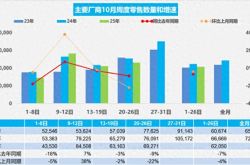CloudWalk Technology Trims Staff Amid AI Startup Shakeout: Survival Now Paramount
![]() 05/07 2025
05/07 2025
![]() 544
544
AI enterprises are navigating uncharted waters.
Since OpenAI sparked the AI revolution, numerous AI startups worldwide have garnered investor favor and substantial funding.
Investors fund AI enterprises with the expectation of profits, but currently, major enterprises' AI divisions struggle with profitability. Even CloudWalk Technology, a well-established AI firm backed by the Chinese Academy of Sciences and once a member of the AI Four Little Dragons alongside SenseTime, Megvii, and Yitu, has been compelled to lay off staff and slash executive salaries.
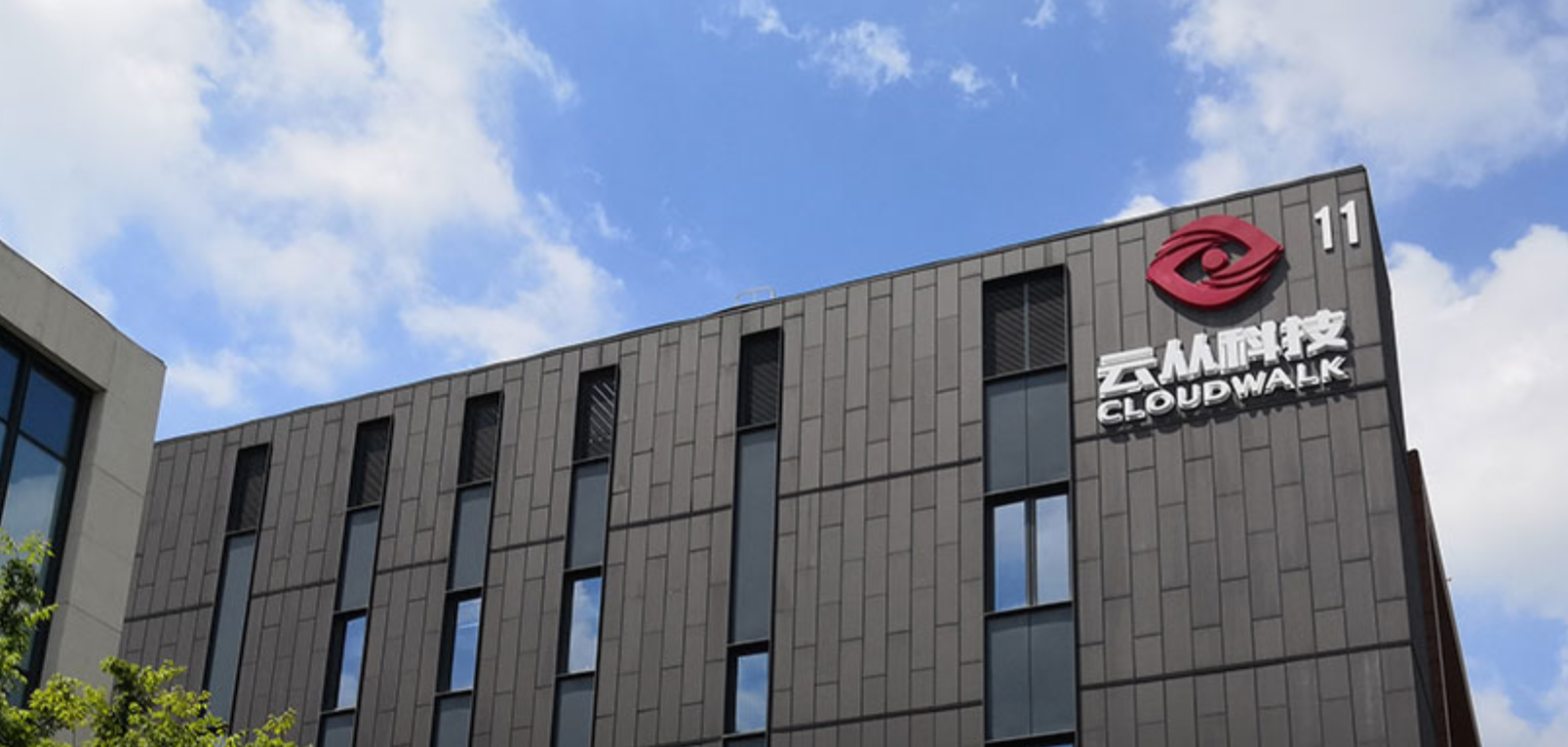
(Image source: CloudWalk Technology)
CloudWalk Technology's financial report reveals a 2024 revenue of 398 million yuan, a 36.69% year-on-year decline, with a net loss attributable to shareholders of 696 million yuan, marking an 8.12% increase in losses. The number of employees decreased from 801 in 2023 to 453 in 2024, and core R&D personnel dropped from 467 to 239. Zhang Ling, one of CloudWalk's three core technical personnel and VP responsible for the AI platform, has resigned. Even CloudWalk's Chairman and CEO, Zhou Xi, saw his annual salary reduced by 74,600 yuan.
More concerning, the current downturn is merely the beginning, with a potential wave of AI enterprise bankruptcies looming in China.
AI Startups: Idealism Meets Harsh Reality
In the industry's nascent stages, investors often cast a wide net, funding numerous startups hoping to identify future giants. As the industry matures, funding shifts towards more promising ventures. Weaker enterprises, struggling with insufficient revenue to cover expenses, face an uphill battle for survival.
CloudWalk's 2022 IPO prospectus projected revenues of 1.682 billion yuan in 2022, 2.501 billion yuan in 2023, 3.227 billion yuan in 2024, and 4.011 billion yuan in 2025, with an average annual growth rate of 33.60%. In reality, revenues from 2022 to 2024 stood at 526.4 million yuan, 628.1 million yuan, and 398 million yuan, respectively, falling short of targets and registering negative growth in 2024.
CloudWalk originally aimed for profitability in 2025, but with revenue declines and expanding losses in 2024, this year's profit prospects have vanished. With cumulative losses exceeding 4.579 billion yuan in eight years, CloudWalk must now focus on survival.
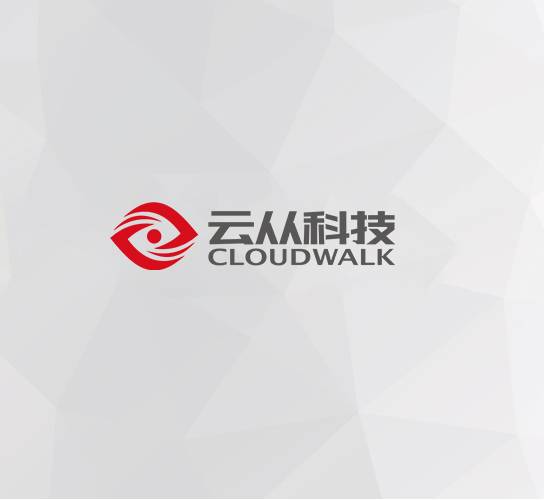
(Image source: CloudWalk Technology)
CloudWalk isn't alone. SenseTime, another AI Four Little Dragon, has incurred losses for a decade, totaling 54.6 billion yuan from 2018 to 2024, and laid off over 1,000 employees in the second half of 2024. Yitu Technology and Megvii also face underperforming revenue growth, mounting losses, continuous layoffs, and branch closures.
Even industry leader OpenAI struggles with increasing losses, though continuous investment from SoftBank and others keeps it afloat. Recently, OpenAI CEO Sam Altman announced in an internal letter that the company is abandoning plans to restructure as a for-profit entity, instead transforming its profitable subsidiaries into non-profit entities under the non-profit parent company.
Under previous agreements, if OpenAI fails to transition to a for-profit entity by year-end, SoftBank's 40 billion dollar investment will be reduced to 20 billion dollars. Hence, OpenAI's transformation abandonment will exacerbate financial pressures.
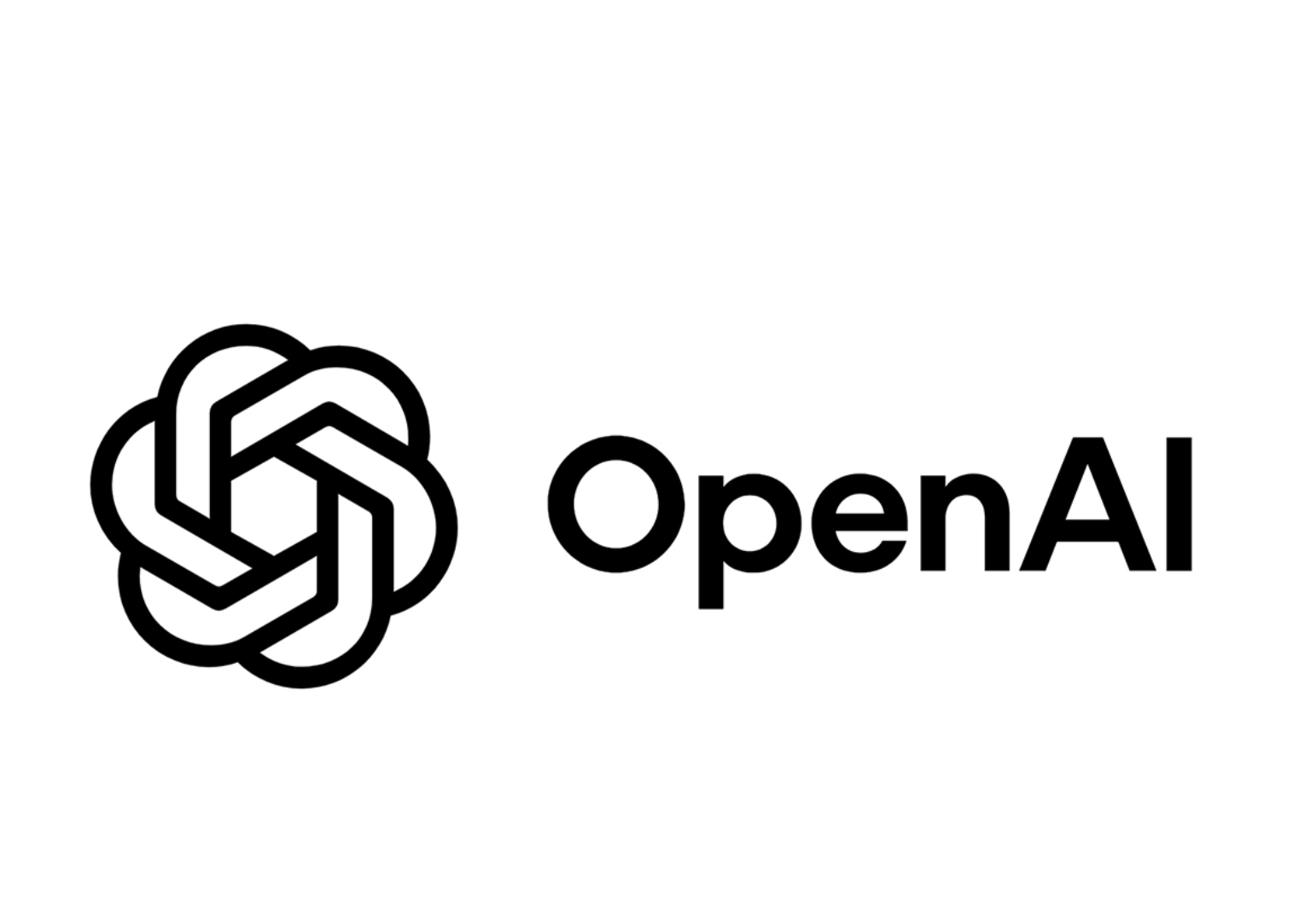
(Image source: OpenAI)
AI industry competition necessitates heavy investments in chips, data, and computing power centers, with costs on the rise. The AI Four Little Dragons, with weaker foundations, now focus on cost reduction and efficiency improvements, even cutting R&D funding. For instance, CloudWalk laid off significant R&D personnel in 2024, reducing R&D expenses by 18.27%. Additionally, open-sourcing large models has become industry norm, further complicating revenue generation for AI enterprises, creating a vicious cycle.
While established AI enterprises have a time advantage and substantial technical patents, they struggle to compete with internet giants like Alibaba, ByteDance, Tencent, and Baidu in resource allocation. Under prolonged losses, weaker enterprises must consider strategic exits.
Is Survival the New Normal for Struggling AI Enterprises?
Profitability remains paramount for AI enterprises. However, with ERNIE Bot and other domestic AI large models offering free services to consumers, earning from ordinary users has become challenging.
Open-source large models' prevalence allows other enterprises to deploy AI models through open-source code, further hampering AI enterprises' profitability. Vertical AI development and B-end customer services represent a few viable profit models. AI enterprises are increasingly focusing on enhancing vertical AI capabilities and promoting AI hardware.
Vertical AI has always been a key AI enterprise focus. For example, Baichuan Intelligence specializes in finance and healthcare but laid off its financial business team in March 2025 to concentrate on healthcare. Alibaba, through Tongyi Lingma, deploys AI programming for programmers, with Doubao and Hunyuan models also targeting AI programming. CloudWalk, mentioned earlier, has achieved notable success in finance, energy, industrial manufacturing, and smart cities.
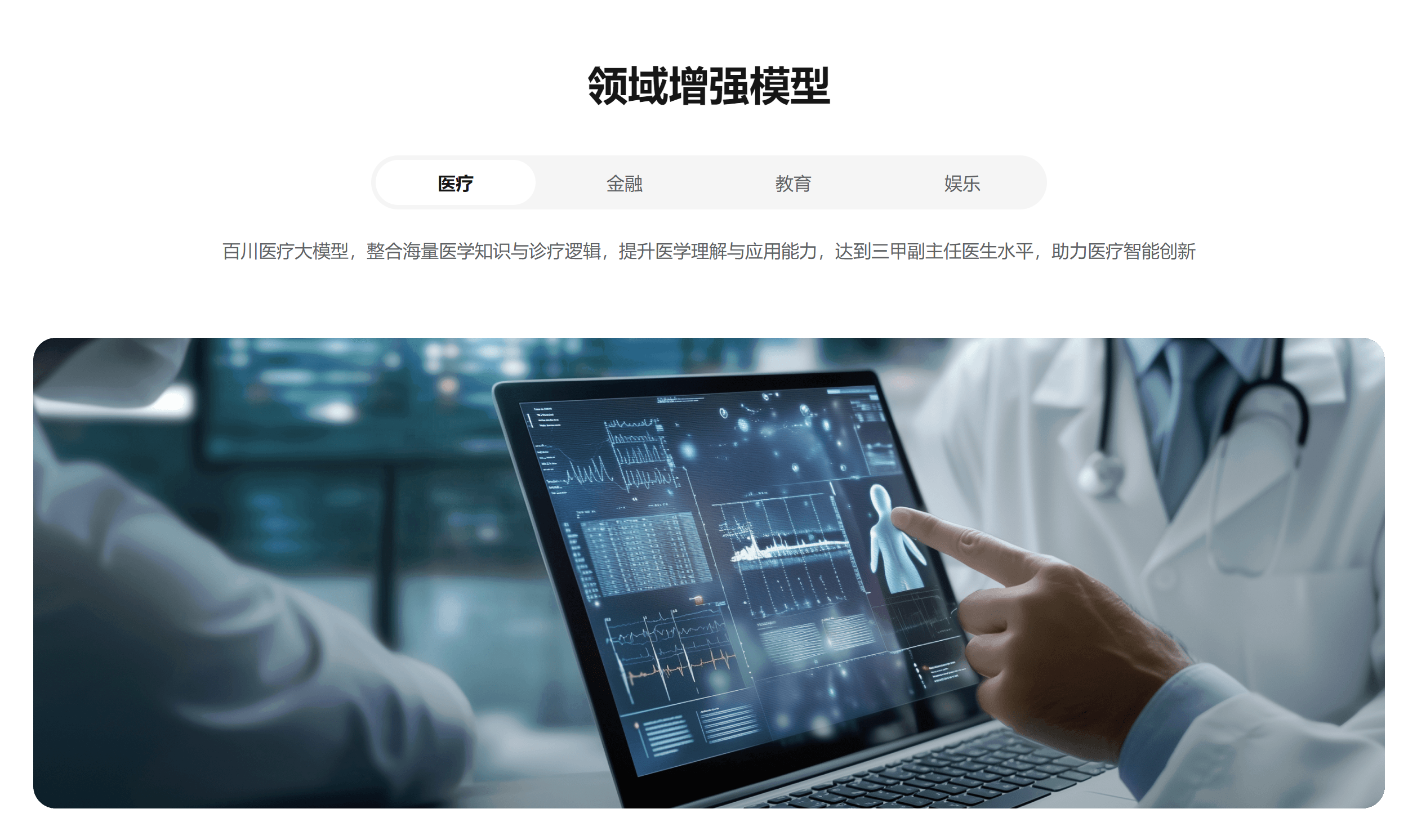
(Image source: Baichuan Intelligence)
In Lei's view, the most promising vertical AI fields with high revenue potential are healthcare and education. China's 1.4 billion population faces a chronic shortage of medical resources. Recently, Lei fell ill and attempted to book a hospital appointment, only to find a week-long waitlist. AI medical large models can diagnose illnesses based on symptoms and test reports, providing medical and medication advice, thus alleviating resource shortages.
In education, AI assists learners. While tutorial classes are common in China, they are expensive, and personalized one-on-one tutoring is rare. Private tutors offering such services are even more costly.
AI large models can address this. For instance, Precision Learning Group's "Ultra-Humanoid One-on-One AI Teacher," based on Tongyi Qianwen, offers learning progress planning and personalized instruction based on users' knowledge mastery.

(Image source: Precision Learning)
Unlike AI medical models, AI education models often integrate with learning machines, requiring users to purchase AI hardware to fully utilize these models. Customizing AI large models for specific AI hardware purposes is another feasible profitability solution for AI enterprises. For hardware manufacturers, AI enhances product competitiveness.
Products like air conditioners, TVs, and washing machines have integrated AI large models. Alibaba has partnered with LeiBird Innovation to deeply customize AI large models for AI glasses. Due to their inherent functions, these AI devices do not require full-fledged AI models. By customizing AI models according to application scenarios, reasoning costs can be significantly reduced, and content generation speeded up.
However, profitability through vertical AI remains challenging for AI enterprises. Vertical AI requires substantial professional data for training. Insufficient data can lead to severe AI hallucinations. Therefore, AI enterprises must invest in purchasing professional data and improving computing power to enhance vertical AI reliability.
Furthermore, Bloomberg reports that Google's AdSense network has started inserting ads into chats with some third-party AI assistants. It's only a matter of time before AI large models, poised to replace search engines, incorporate advertising. However, this must be approached cautiously. The AI industry is still in a rapid development phase with fierce internal competition, and premature advertising may drive users away. The optimal time for AI enterprises to introduce ads into large models will be after industry consolidation.
Advertising suits AI large models targeting the consumer market, where brand influence is crucial. The AI Four Little Dragons struggle to compete with internet giants like Tencent, Alibaba, Baidu, and ByteDance, making vertical AI their profit hope.
The AI Bubble Bursts, Accelerating Industry "Consolidation"
Industry development is marked by enterprises' rise and fall, with the new energy vehicle industry serving as a cautionary tale. At the Shanghai Auto Show, only the first generation of domestic new energy vehicle makers—NIO, Xpeng, Li Auto, and Zero Run—participated. Brands like WM Motor, HiPhi, and Byton have faded into obscurity.
Now, the AI industry is entering a painful consolidation phase. Weak AI enterprises will follow the footsteps of automakers like HiPhi and WM Motor, failing to profit in time, with a wave of AI enterprise bankruptcies imminent.

(Image source: Doubao AI generation)
Consolidation also means some enterprises will emerge victorious and profitable, akin to Li Auto and Hongmeng Zhixing in the new energy vehicle industry. However, just as Li Auto, which survived among the first batch of new energy vehicle makers, originated from Autohome, and Xpeng's and NIO's founders came from UC and Yiche, respectively, only enterprises with strong foundations will endure until the AI industry's turning point.
Among domestic AI enterprises, Alibaba, Tencent, ByteDance, and Baidu dominate, boasting financial resources, technical prowess, and talent. DeepSeek, with its mixed expert model architecture reducing training costs but sacrificing accuracy, faces an uphill battle competing with internet giants in vertical AI. AI enterprises like CloudWalk Technology and SenseTime require further funding to navigate the increasingly competitive landscape.
The AI industry's future remains uncertain, yet opportunities abound. By 2030, the AI industry is expected to emerge from its painful phase, nurturing several industry giants and ending prolonged losses.
Source: Lei Technology



